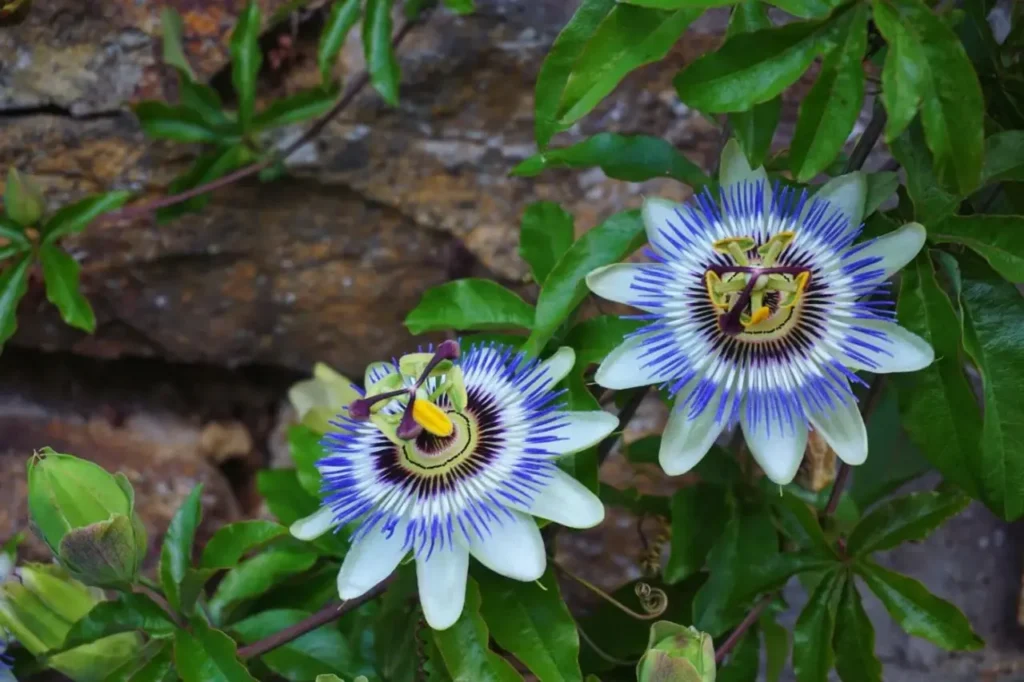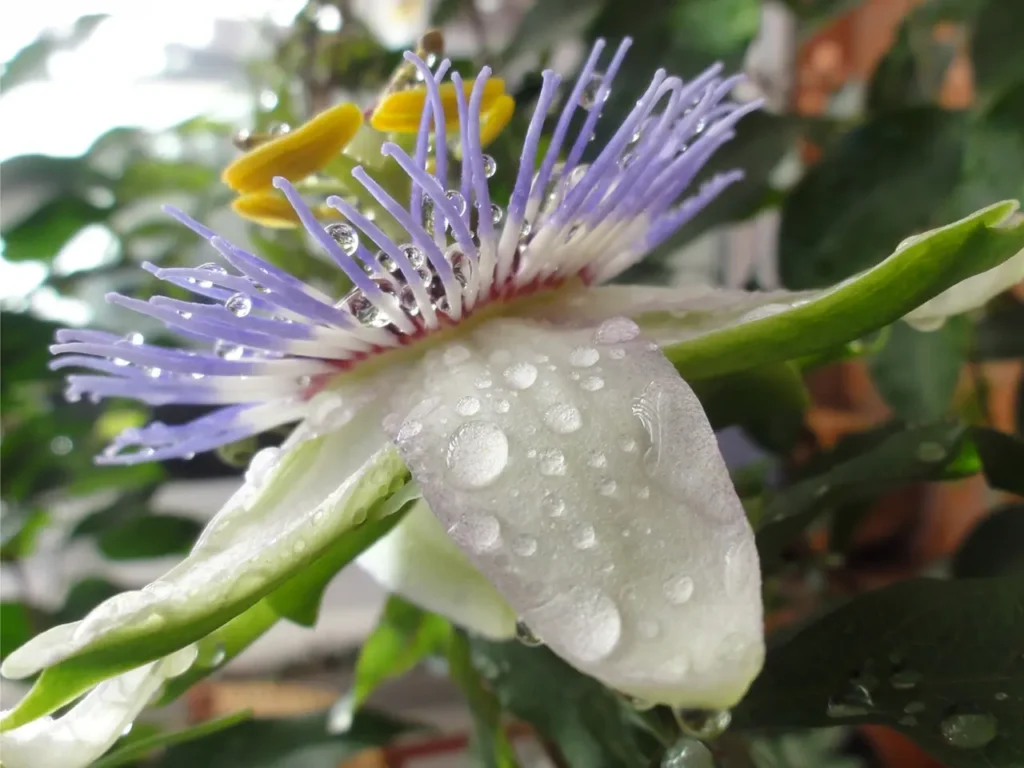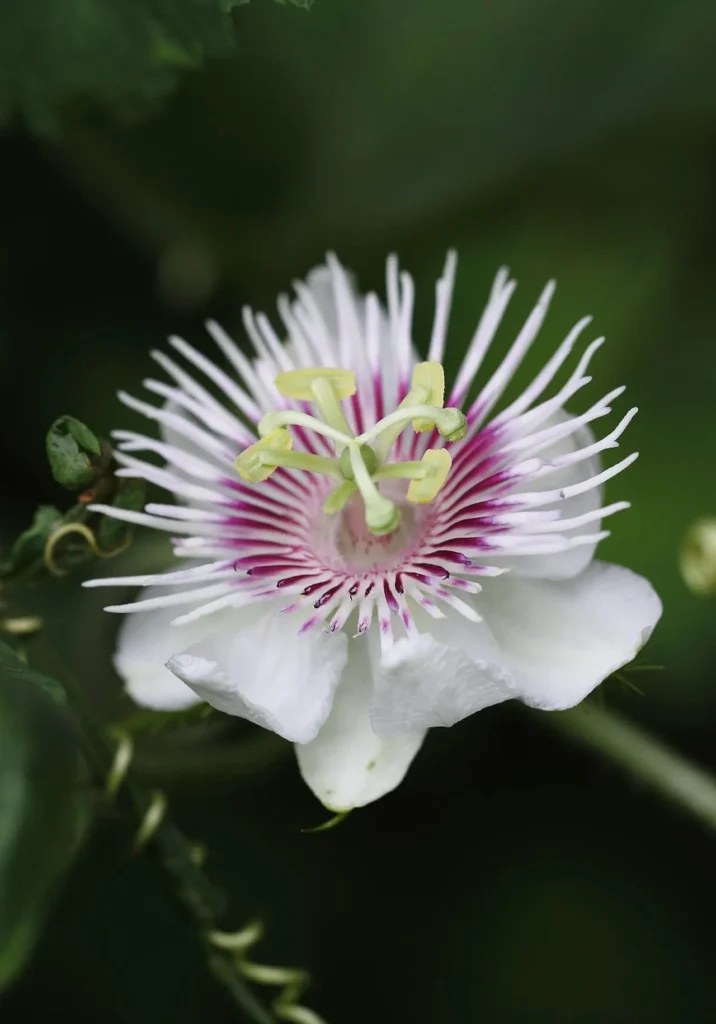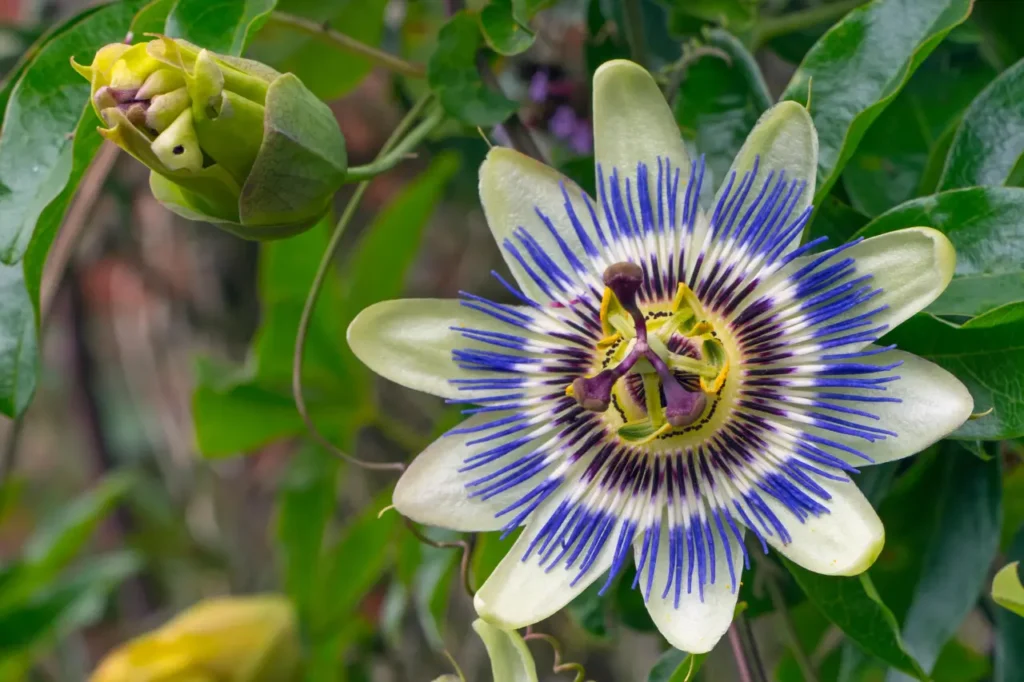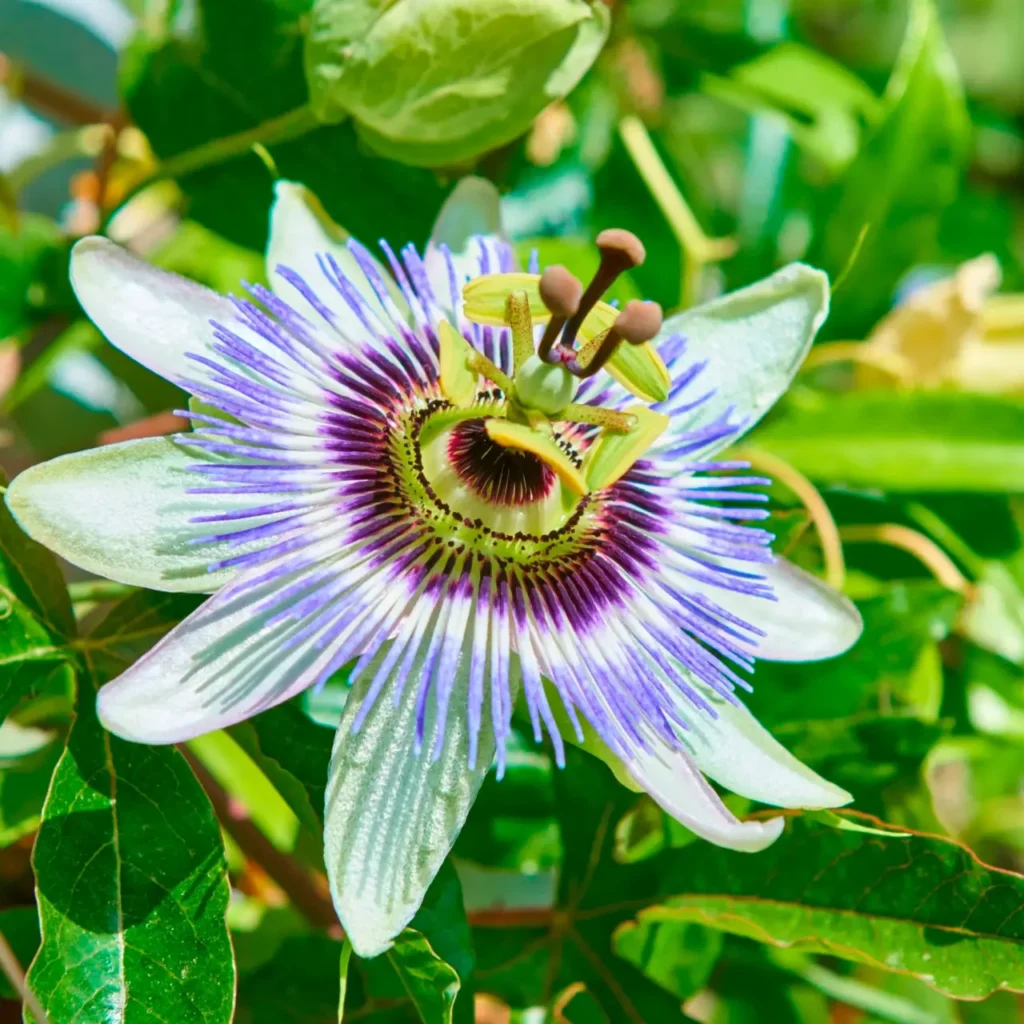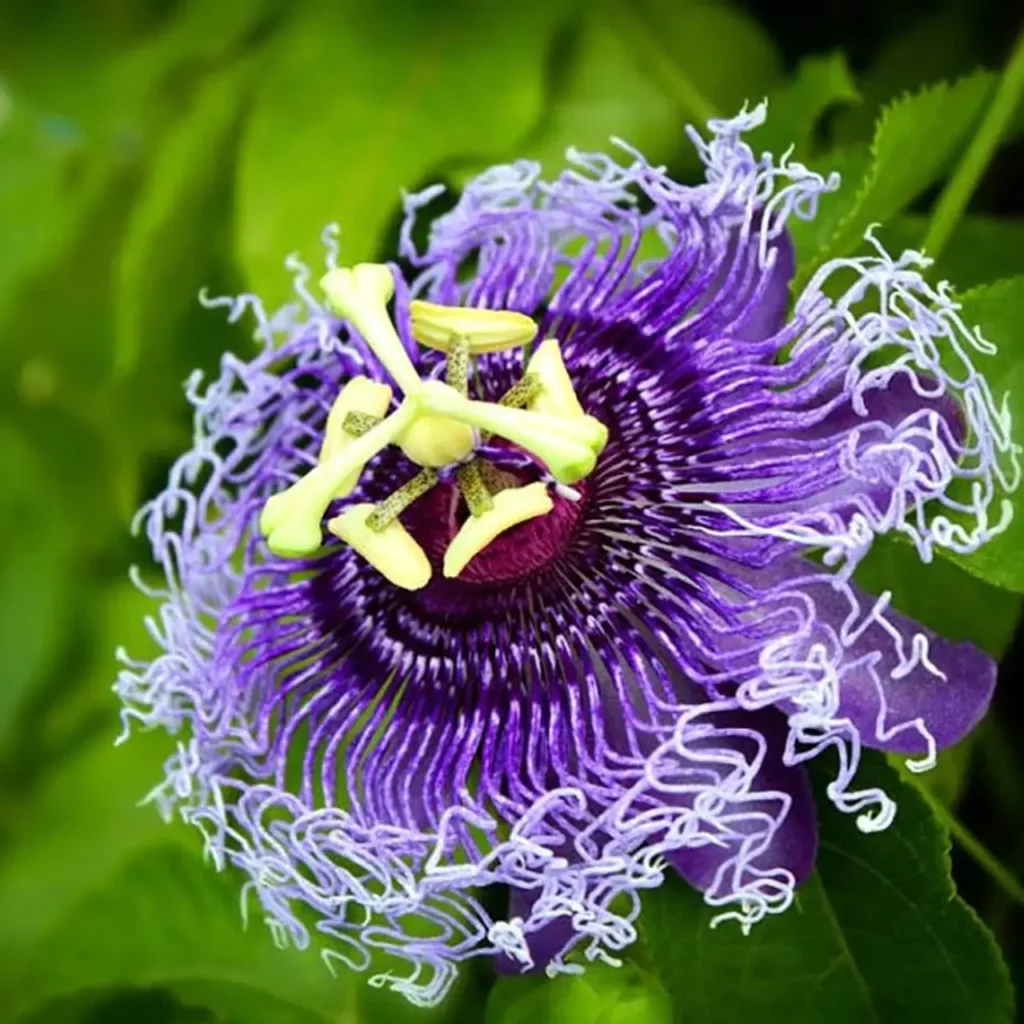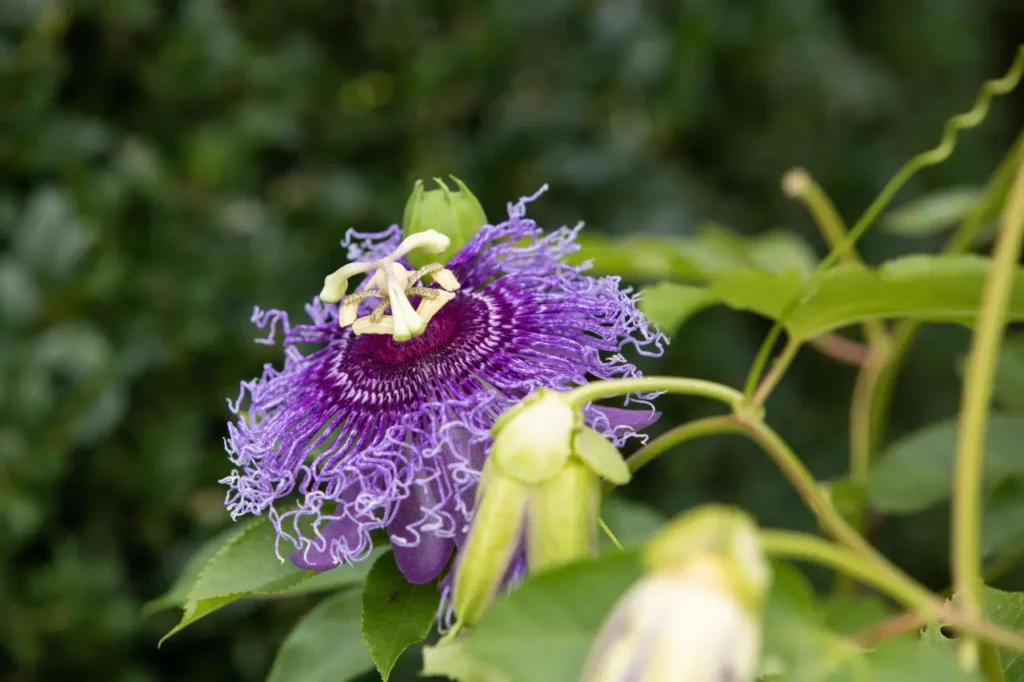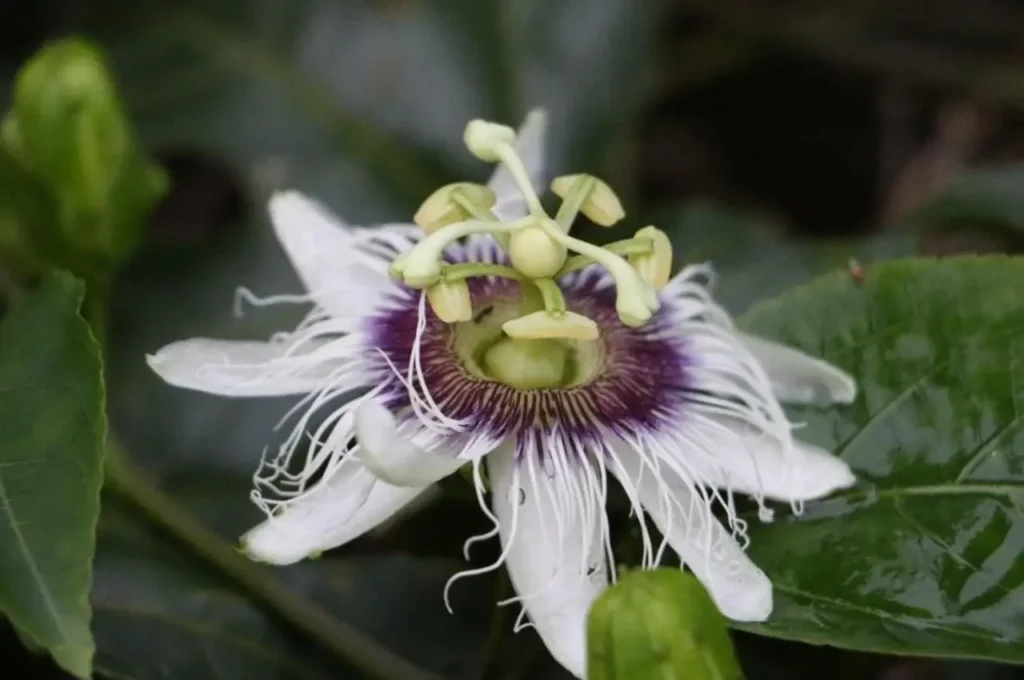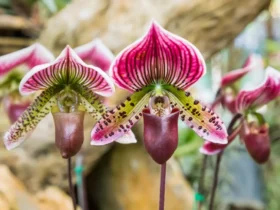Within the vibrant world of flowering plants, the Passifloraceae family takes center stage, enchanting with its unique and alluring blooms. Commonly known as passionflowers, this diverse family comprises more than 700 species, each with its distinctive characteristics and fascinating beauty. Let us delve into the captivating world of Passifloraceae flowers and explore the remarkable qualities that make them cherished and celebrated components of tropical landscapes and gardens.

Appearance and Diversity
Passifloraceae flowers are renowned for their intricate and captivating structures. Their blooms are often characterized by showy, colorful petals that are frequently accompanied by intricate filaments and coronal appendages. These appendages often resemble fringes, crowns, or intricate patterns, adding to the flowers’ allure and uniqueness.
One of the most famous and recognized members of the family is the Passiflora incarnata, commonly known as the Maypop or Purple Passionflower. It features striking lavender to purple petals, a prominent crown of filaments, and a central structure known as the “corona,” which adds to its ornate appearance.
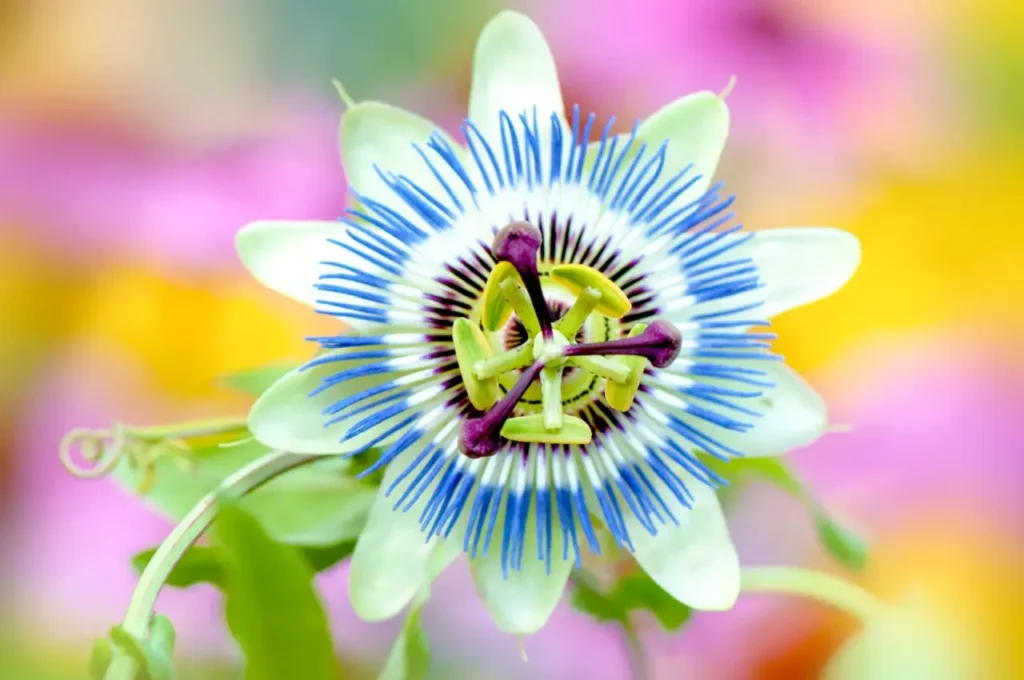
The color of the Passifloraceae Flower
The Passifloraceae family includes various species of passionflowers, which are known for their intricate and unique flowers. Passionflowers come in a wide range of colors, depending on the species and cultivar. The most common colors of passionflower flowers are:
- Purple: Purple passionflowers are quite common and are often associated with the Passiflora incarnata species, also known as the Maypop.
- Blue: Some passionflower species, such as Passiflora caerulea, have striking blue flowers.
- White: White passionflowers are also found in some species, including Passiflora suberosa.
- Red: Certain passionflower varieties, like Passiflora coccinea, feature vibrant red flowers.
- Pink: Some passionflowers exhibit delicate pink blooms, such as Passiflora incarnata ‘Alba,’ a white-flowered cultivar with a pinkish tint.
- Yellow: Yellow passionflowers are found in species like Passiflora lutea.
- Multi-colored: Some passionflowers have multi-colored flowers, displaying a combination of two or more colors on their petals, sepals, or filaments.
Passionflowers are renowned for their intricate and elaborate floral structures, making them a popular choice for gardeners looking to add a touch of exotic beauty to their landscapes. The diverse colors of passionflower flowers contribute to their appeal and attract pollinators like bees and butterflies.

Habitat and Distribution
Passifloraceae flowers are native to tropical and subtropical regions of the Americas, with the highest diversity found in South America. They are well-adapted to various habitats, including rainforests, savannas, and cloud forests. Some species have also been successfully introduced to other parts of the world due to their popularity as ornamental plants.
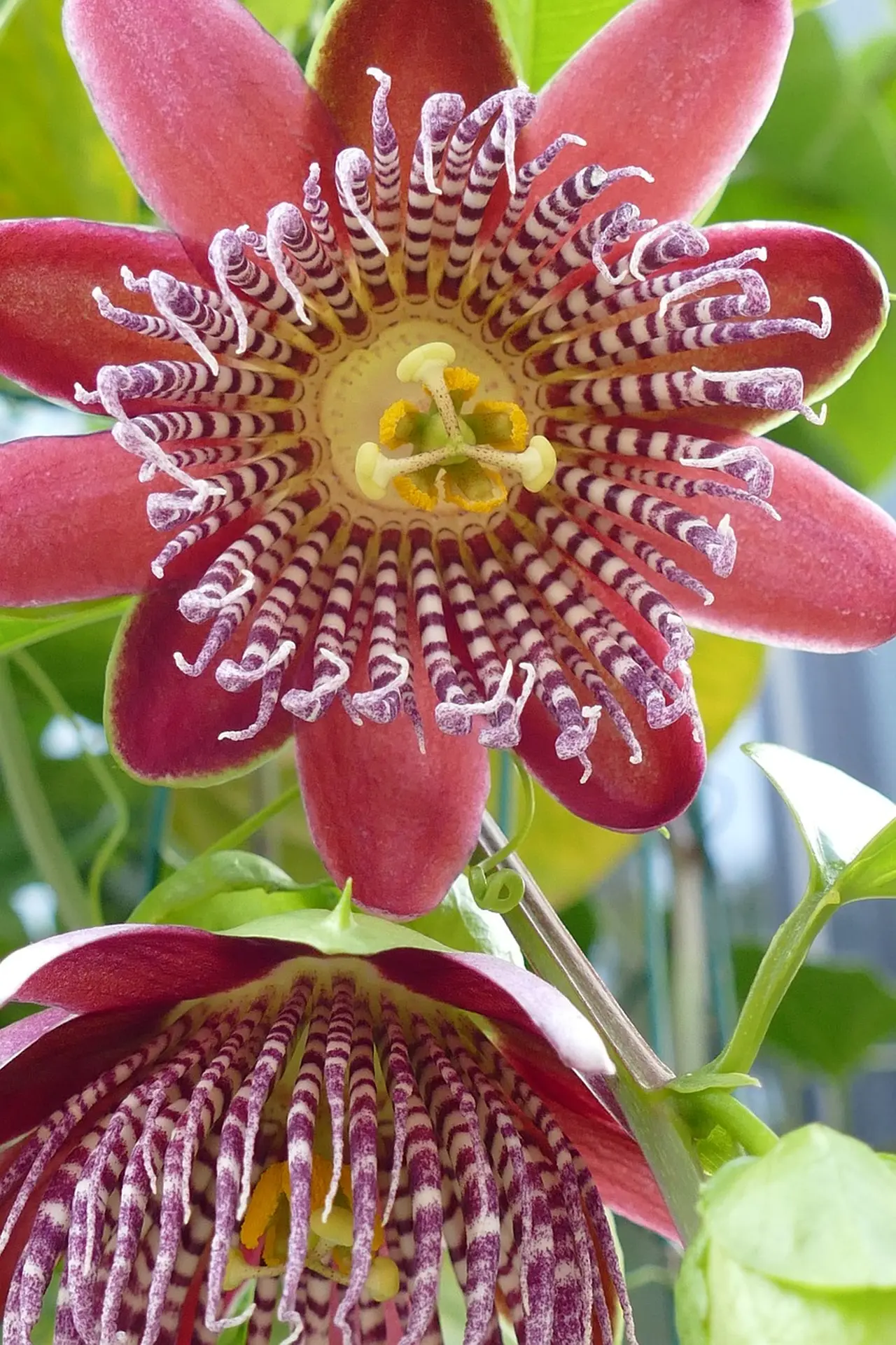
Pollination and Unique Adaptations
One of the most intriguing aspects of Passifloraceae flowers is their specialized adaptations for pollination. Many species of passionflowers are pollinated by specific insects, birds, or even bats, leading to intricate co-evolutionary relationships.
For example, some passionflowers have evolved to attract certain species of butterflies, which serve as their primary pollinators. The flowers produce nectar and mimic specific scent compounds to attract the butterflies, ensuring efficient pollination as the insects transfer pollen from one flower to another.
The unique and intricate structures of Passifloraceae flowers play a vital role in attracting their specific pollinators and ensuring successful reproduction.
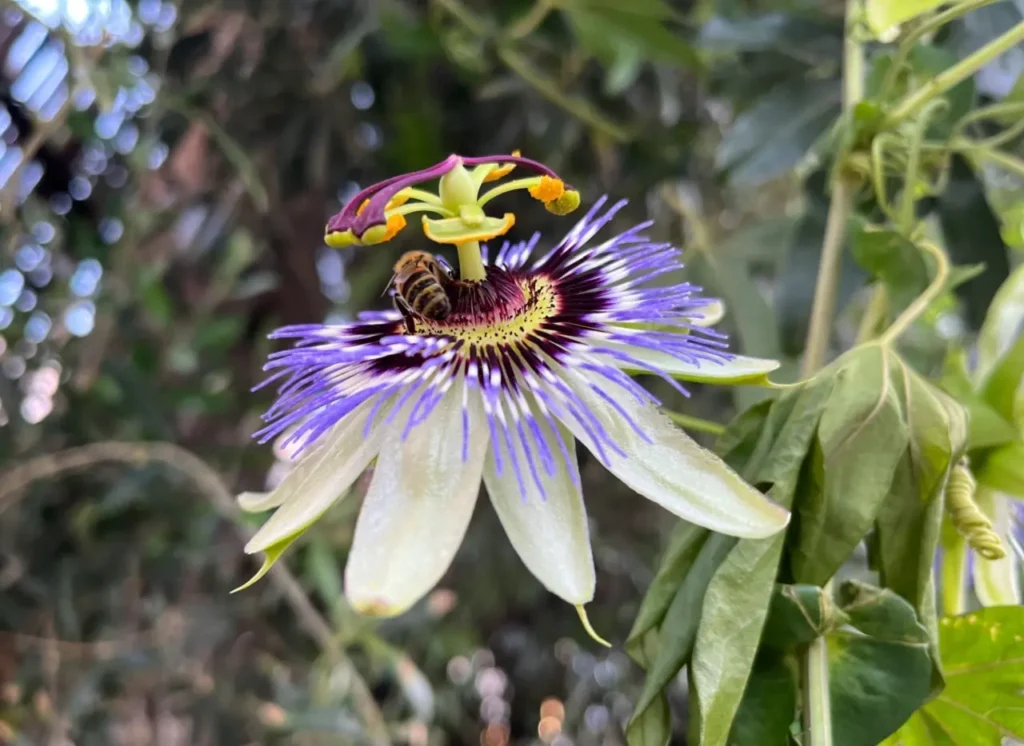
Cultural and Symbolic Significance
Passifloraceae flowers hold cultural and symbolic significance in various regions where they are native. For example, the Maypop flower (Passiflora incarnata) has been used by Native American tribes for various medicinal purposes, including treating anxiety and insomnia.
In addition, passionflowers are often associated with religious symbolism due to their complex floral structures. Some Christian traditions have drawn parallels between the passionflowers’ intricate parts and the elements of the crucifixion of Jesus, giving rise to the name “passionflower.”
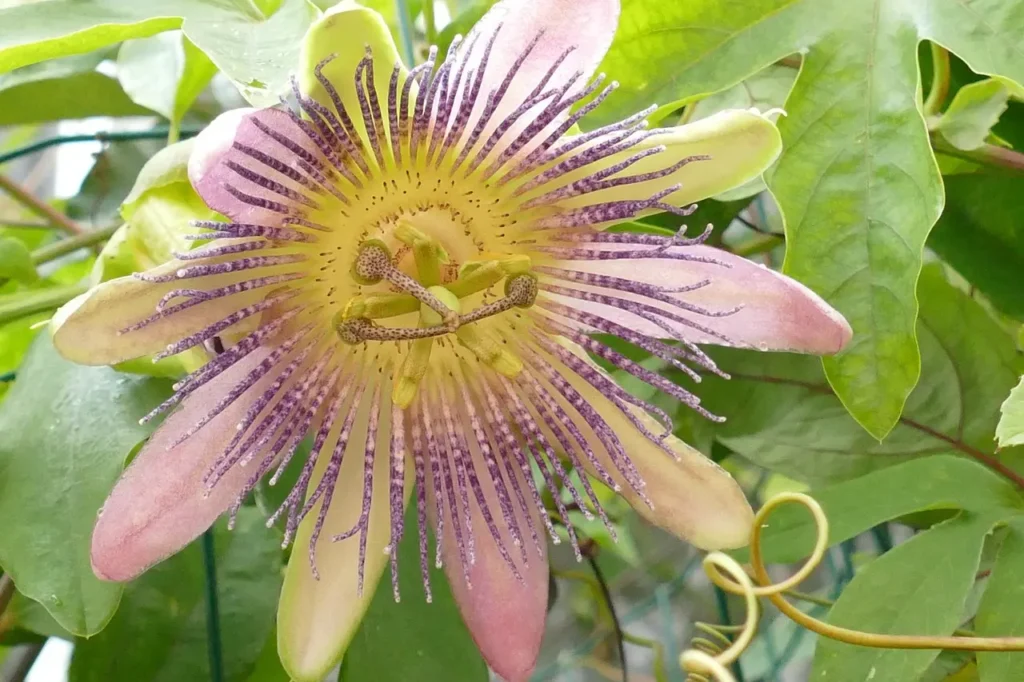
Gardening and Horticulture
Passionflowers have become prized ornamental plants in tropical and subtropical regions worldwide. Their unique and striking appearance makes them popular choices for gardens, landscapes, and even indoor plant collections.
Passionflowers are generally low-maintenance plants, although specific care requirements may vary depending on the species and growing conditions. They require well-drained soil, ample sunlight, and regular pruning to maintain their health and appearance.
A World of Beauty and Diversity
The Passifloraceae family of flowers stands as a captivating and diverse group, enchanting with their intricate structures and vibrant colors. From their co-evolutionary relationships with pollinators to their significance in cultures and gardens worldwide, passionflowers continue to inspire awe and admiration among botanists, horticulturists, and flower enthusiasts alike. As we celebrate the beauty and diversity of Passifloraceae flowers, we are reminded of the intricate wonders that nature bestows upon us, adding to the richness of our world’s floral tapestry.
